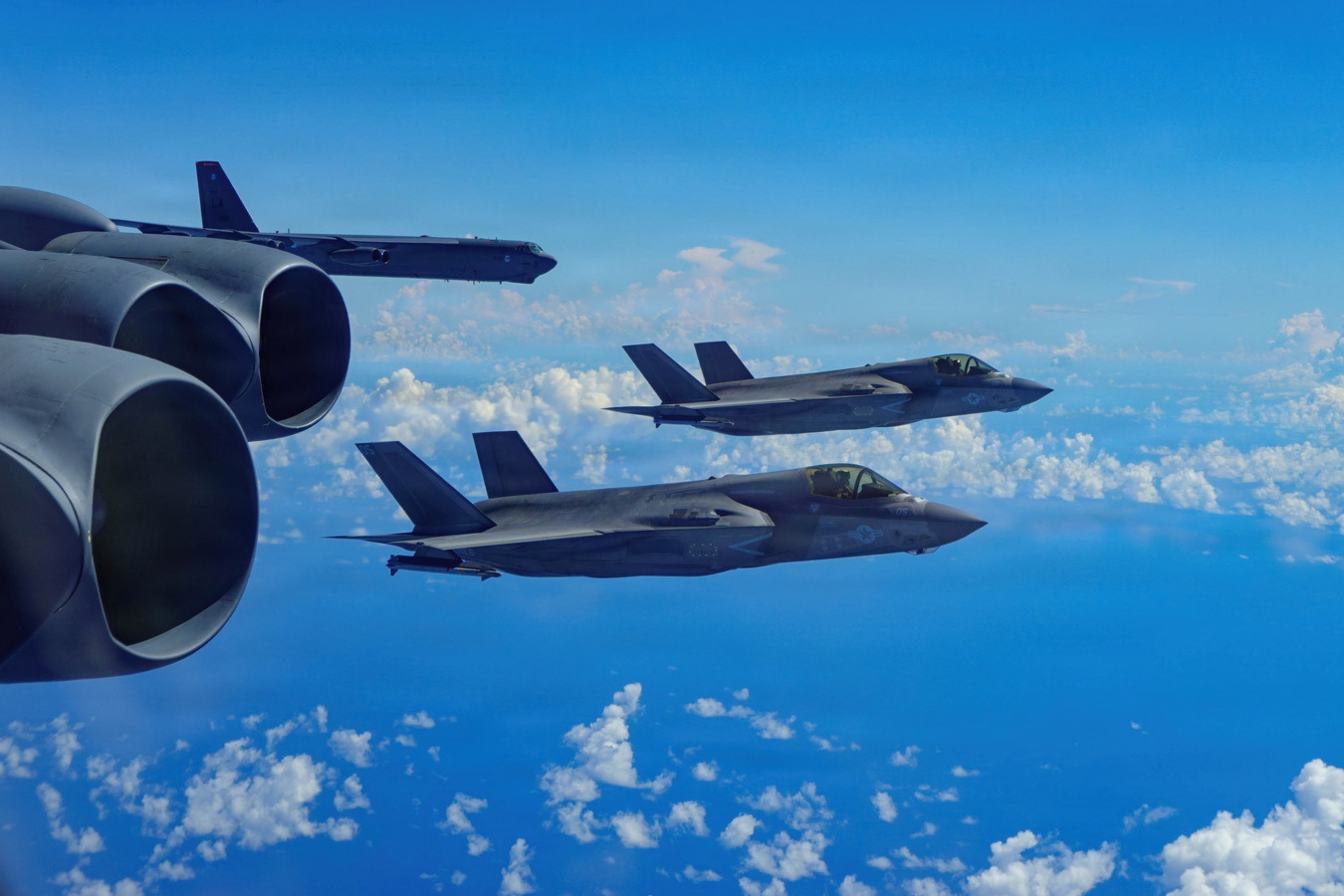Russo-Venezuelan Arms Deal Raises U.S. Eyebrows
Russo-Venezuelan Arms Deal Raises U.S. Eyebrows
After his first trip to Caracas, Russian Prime Minister Vladimir Putin revealed that Venezuela plans to spend over $5 billion on Russian arms. The news triggered U.S. concerns about an Andean weapons buildup and arms transfers.
Russian Prime Minister Vladimir Putin announced this week that Venezuela plans to spend over $5 billion on Russian weapons, raising U.S concerns about regional stability and whether some arms could fall into the wrong hands.The announcement follows Putin’s first trip ever to Venezuela on April 2, during which he and Venezuelan President Hugo Chávez signed 31 agreements on oil, nuclear power, and trade cooperation and discussed a $2.2 billion loan for the acquisition of Russian arms that Moscow pledged to Caracas in September 2009. Although no new arms deals were announced during the meeting, Chávez has made Russian arms purchases worth $4.4 billion since 2005. Venezuela’s acquisitions of fighter jets, helicopters, tanks, and assault rifles make the Andean country the top buyer of Russian arms in Latin America.
An International Institute for Strategic Studies report released in February reveals that Russia replaced the United States last year as the main provider of weapons to Latin America, with sales to the region totaling $5.4 billion. “For Russia, the benefits are plain: cash for clunkers, and also the ability to project influence to a traditional U.S. sphere of influence as a counterweight to U.S. engagement with Central Asia,” writes COA’s Eric Farnsworth in the National Journal Online. The fact that Venezuela accounts for a bulk of those purchases appeared to irk the U.S. State Department this week. “[W]e’re hard-pressed to see what legitimate defense needs Venezuela has for this equipment,” U.S. State Department spokesman P.J. Crowley said in response to Putin’s announcement. “[I]f Venezuela is going to increase its military hardware, we certainly don’t want to see this hardware migrate into other parts of the hemisphere.”
Washington previously cautioned against Venezuela’s arms purchases from Russia, with U.S. Secretary of State Hillary Clinton warning in September the weapons buildup could trigger an arms race in Latin America. But a World Politics Review article points out that no new arms deals were reached during Putin’s latest visit and that the $5.4 billion agreement includes Russian arms that are still being provided to Venezuela from previous contracts. For his part, Chávez, a vocal critic of Washington’s agreement with Bogota to station U.S. troops in seven Colombian military bases, has said Venezuela needs the weapons for self-defense and insisted that it is not seeking to build an alliance against the United States. During a joint press conference in Caracas after his meeting with Chávez, Putin rejected concerns, saying “I consider the questions as to whether strengthening the defenses of small states can threaten anyone to be improper… If the U.S. does not want to supply weapons to some countries, including Venezuela, this is good for us. Let them go on not supplying weapons. Nature abhors a vacuum.”
Russia has also sought to expand bilateral cooperation with other Andean countries. While in Caracas, Putin met with Bolivian President Evo Morales to work out a $100 million Russian loan to Bolivia for the purchase of helicopters to fight drug trafficking. Morales, in turn, approved the visit of a Bolivian delegation to Russia at the end of the month to launch negotiations over future Russian investment in the Bolivian energy sector.
Back in Moscow, Russian Minister of Foreign Affairs Sergei Lavrov met with his Colombian counterpart Jaime Bermúdez this week to discuss cooperation in energy, petroleum, and trade, with Bermúdez promising a favorable business environment for Russian investment in Colombia. Bilateral trade between Russia and Colombia grew by 5 percent to $223.6 million in 2009.
On April 5, the Kremlin also announced that Russian President Dimitry Medvedev will make an official visit to Argentina next week, and will continue on to Brazil for the second BRIC summit in Brasilia.
Learn More:
- U.S. State Department spokesman P.J. Crowley's daily press briefing including remarks on Venezuela and Russia, April 5, 2010.
- Russian Prime Minister Putin’s remarks following his meeting with President Chávez, April 2, 2010.
- AS/COA news analysis on “South America’s Military Spending Spree,” September 15, 2009.
- “Global Insights: Russia-Venezuela Ties Driven by Energy, not Arms.” Richard Weitz, World Politics Review, April 6, 2010.
- Stockholm International Peace Research Institute interactive map of the 20 largest arms exporters from 2005 to 2009, including figures about Russian arms sales.








